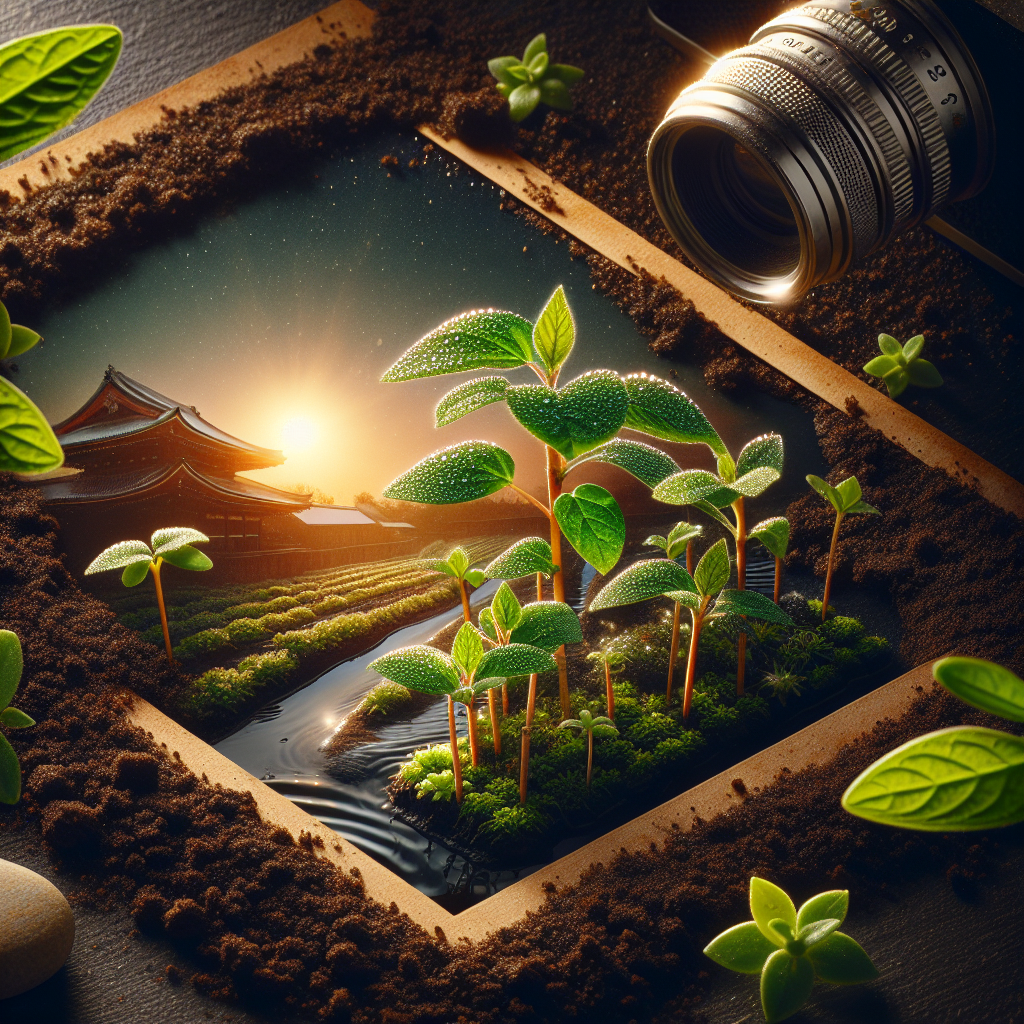The Beauty of Rethinking Traditional Gardening
Gardening has been a beloved pastime for centuries, with people cultivating plants for both beauty and sustenance. Traditional gardening practices involve digging up the earth, planting seeds or seedlings, and nurturing the plants with water, sunlight, and fertilizer. While this method has been tried and true for many gardeners, there is a growing movement towards rethinking traditional gardening practices to be more sustainable and eco-friendly.
One of the main reasons why traditional gardening practices are being reconsidered is their impact on the environment. The use of pesticides and chemical fertilizers can harm beneficial insects and pollinators, as well as leach into groundwater sources. Additionally, tilling the soil can disrupt beneficial soil microorganisms and release carbon dioxide into the atmosphere. By rethinking traditional gardening methods, gardeners can reduce their environmental footprint and create healthier ecosystems in their own backyards.
One way to rethink traditional gardening is to embrace organic gardening practices. Organic gardening involves using natural methods to control pests and diseases, such as companion planting, crop rotation, and mulching. By avoiding synthetic pesticides and fertilizers, organic gardeners can create a more balanced ecosystem that supports a wide variety of plant and animal life.
Another way to rethink traditional gardening is to embrace permaculture principles. Permaculture is a design system that seeks to create sustainable human settlements by mimicking natural ecosystems. Permaculture gardens are designed to be self-sustaining, using techniques such as rainwater harvesting, composting, and food forests to create a diverse and productive landscape. By incorporating permaculture principles into their gardens, gardeners can create beautiful spaces that provide food, habitat, and beauty for both people and wildlife.
One of the key principles of permaculture is to work with nature rather than against it. This means observing the natural patterns in the landscape and designing gardens that enhance those patterns rather than disrupt them. For example, planting native plants that attract pollinators can help support local bee populations while creating a vibrant display of flowers in the garden.
In addition to embracing organic gardening practices and permaculture principles, gardeners can also rethink traditional gardening by exploring alternative growing techniques. One example of this is vertical gardening, which involves growing plants upwards on structures such as trellises or walls. Vertical gardening can maximize space in small yards or urban environments while creating a stunning visual display of greenery.
Another alternative growing technique is aquaponics, which combines aquaculture (raising fish) with hydroponics (growing plants in water). In an aquaponic system, fish waste provides nutrients for plants while the plants filter the water for the fish. This symbiotic relationship creates a closed-loop system that requires less water than traditional gardening methods while producing both food and ornamental plants.
Ultimately, rethinking traditional gardening practices offers gardeners an opportunity to create beautiful landscapes that are not only visually appealing but also environmentally sustainable. By embracing organic gardening practices, permaculture principles, and alternative growing techniques such as vertical gardening and aquaponics, gardeners can reduce their environmental impact while enhancing biodiversity in their own backyard.
In conclusion,
the beauty of rethinking traditional gardening lies in its ability to create vibrant landscapes that support both people and wildlife while preserving precious natural resources for future generations. By exploring new ways of growing plants that work with nature rather than against it,
gardeners can cultivate gardens that are not only beautiful but also beneficial for the planet we all call home.
So let us embrace new ideas,
experiment with innovative techniques,
and continue to cultivate beauty in our gardens
while treading lightly on the Earth we share.
Happy Gardening!













